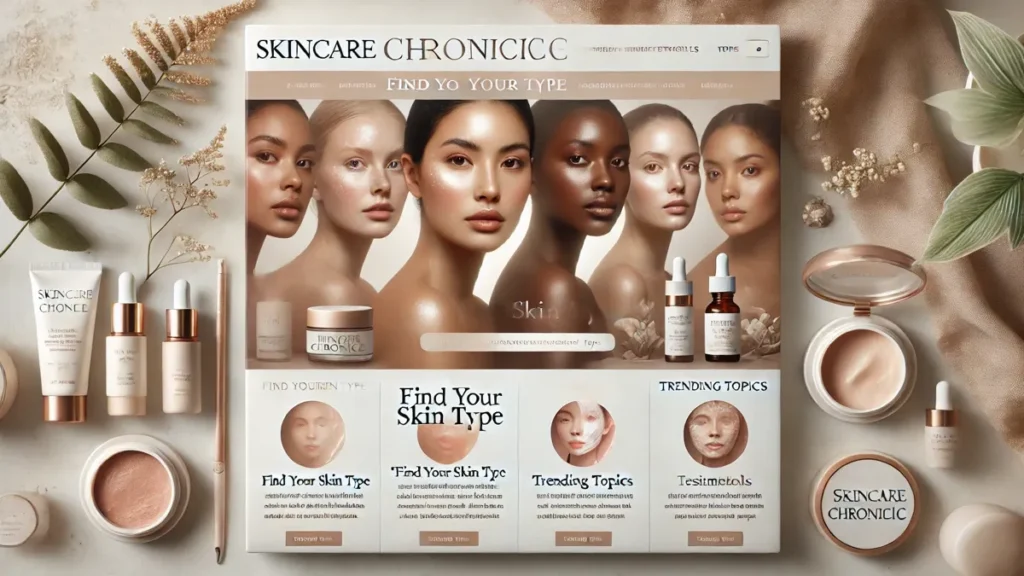
Spot the Difference: Identifying Skin Types—From Oily to Dry, Each Tells a Story.
Determining your skin type is an essential step in creating an effective skincare routine. You can perform a simple at-home test to identify your skin type:
The Bare-Faced Test
- Cleanse Your Skin:
- Wash your face with a gentle cleanser to remove any dirt, oil, or makeup. Avoid using any moisturizing or toning products after cleansing.
- Pat Dry:
- Gently pat your face dry with a clean towel. Do not rub or apply any skincare products.
- Wait and Observe:
- Leave your skin bare for about 30 minutes to an hour. Avoid touching your face during this time.
- Examine Your Skin:
- Look closely in a mirror and assess how your skin feels and looks.
Key Observations:
- Normal Skin:
- Feels comfortable, not too dry or oily.
- Minimal visible pores, and your skin feels balanced.
- Oily Skin:
- Appears shiny, especially in the T-zone (forehead, nose, and chin).
- Larger pores may be visible.
- Dry Skin:
- Feels tight, flaky, or rough.
- May have fine lines or patches of dryness.
- Combination Skin:
- Oily in the T-zone but dry or normal on the cheeks.
- May have a mix of larger and smaller pores.
- Sensitive Skin:
- Feels irritated, red, or itchy.
- May react to the cleanser or environmental changes.
The Blotting Sheet Test
If you want a quicker alternative:
- After cleansing and waiting 30 minutes, gently press blotting sheets on different areas of your face (forehead, nose, chin, and cheeks).
- Examine the sheets:
- If they pick up oil from all areas, you have oily skin.
- If only the T-zone is oily, you have combination skin.
- If there’s little to no oil, you likely have dry or normal skin.
- If your skin feels uncomfortable or reacts to the blotting sheets, you may have sensitive skin.
By using these tests, you can better understand your skin type and choose products tailored to your unique needs.
